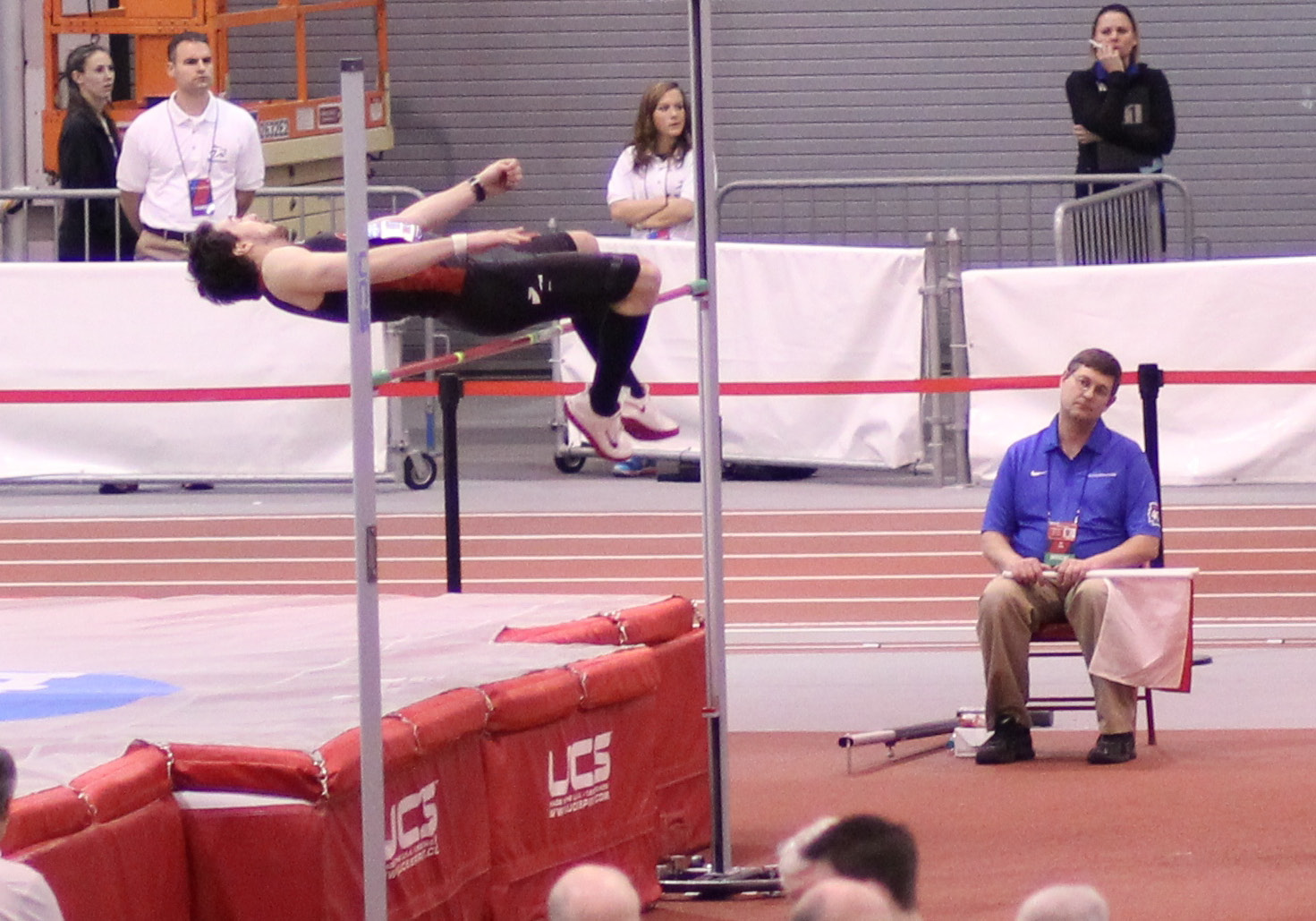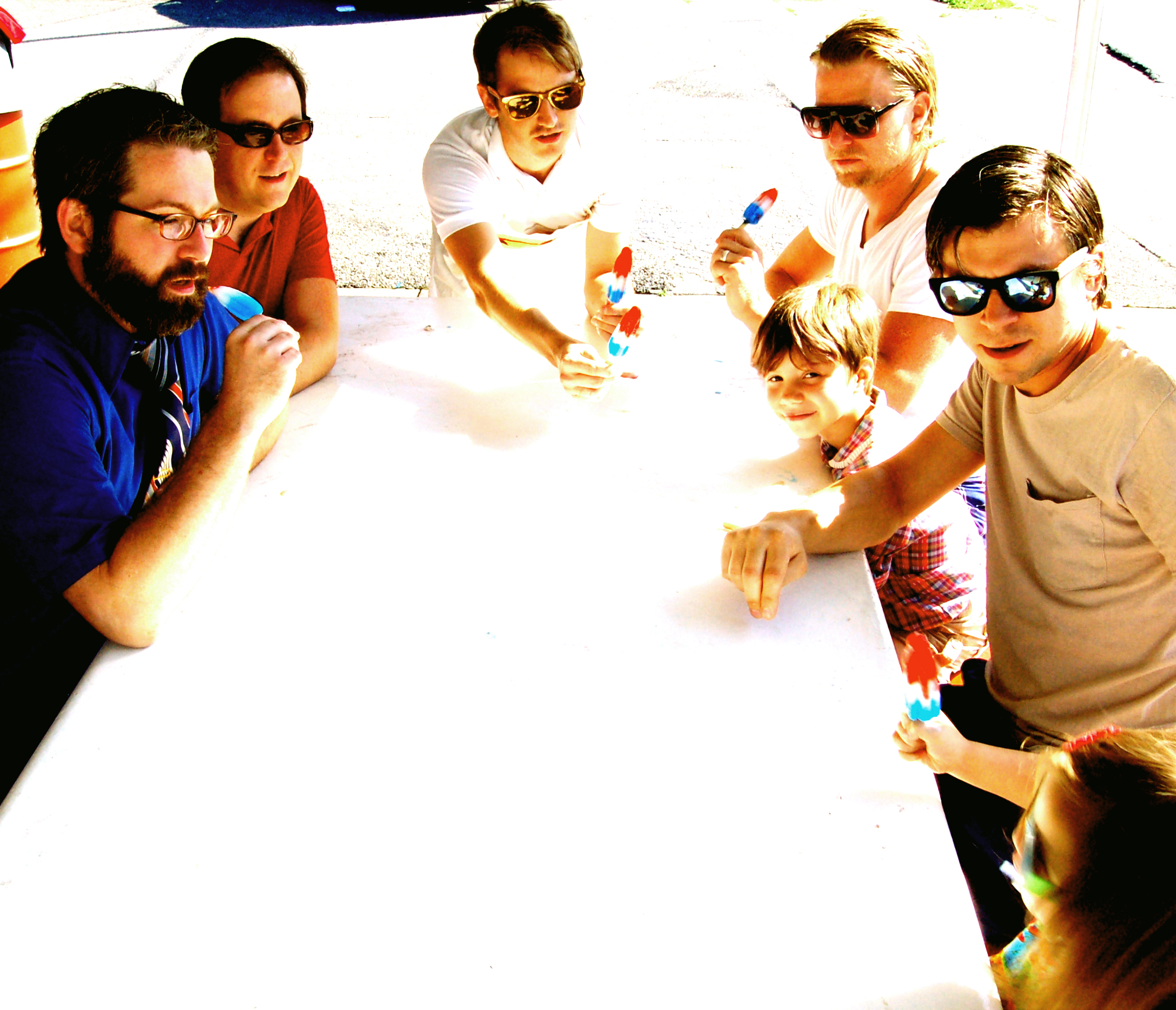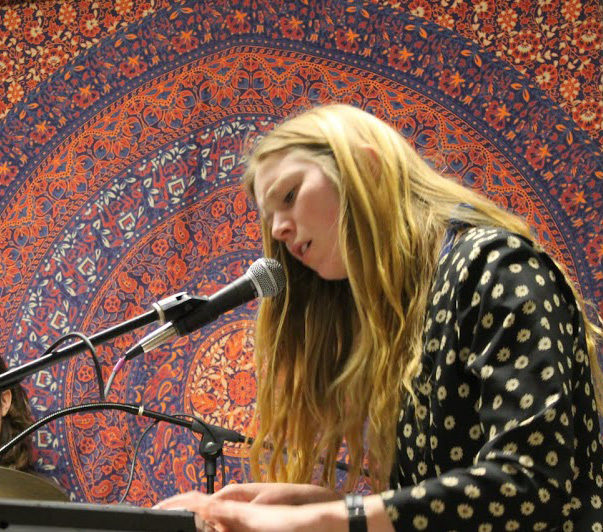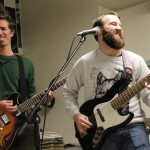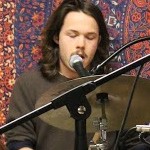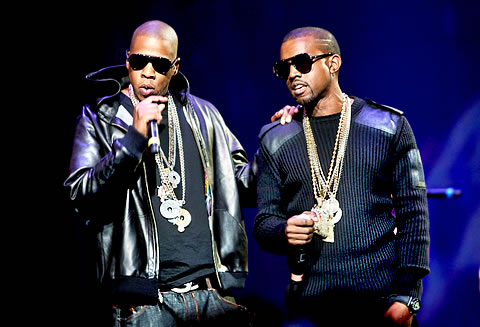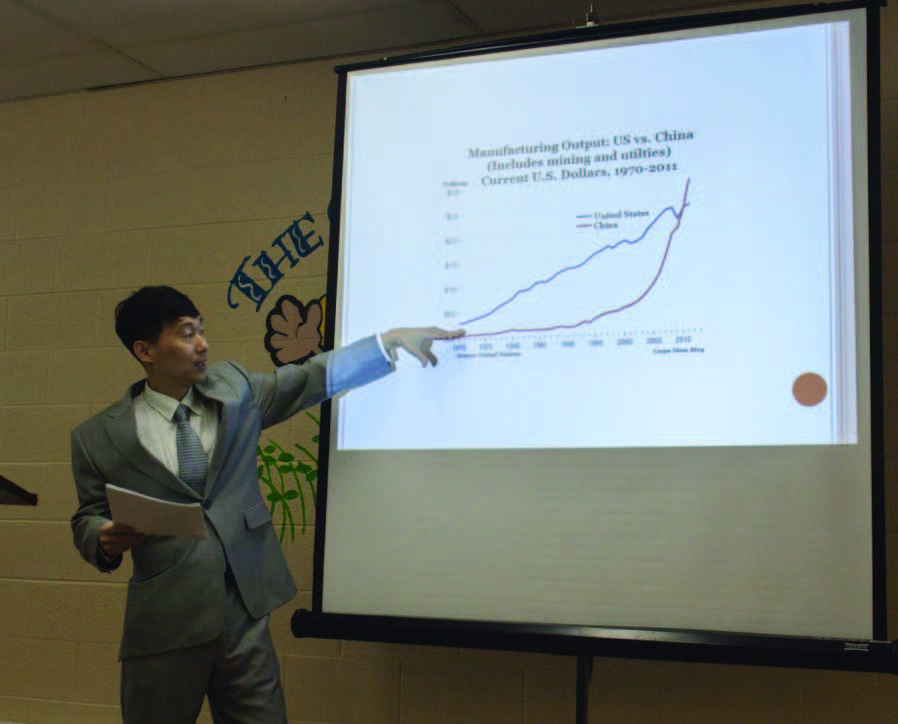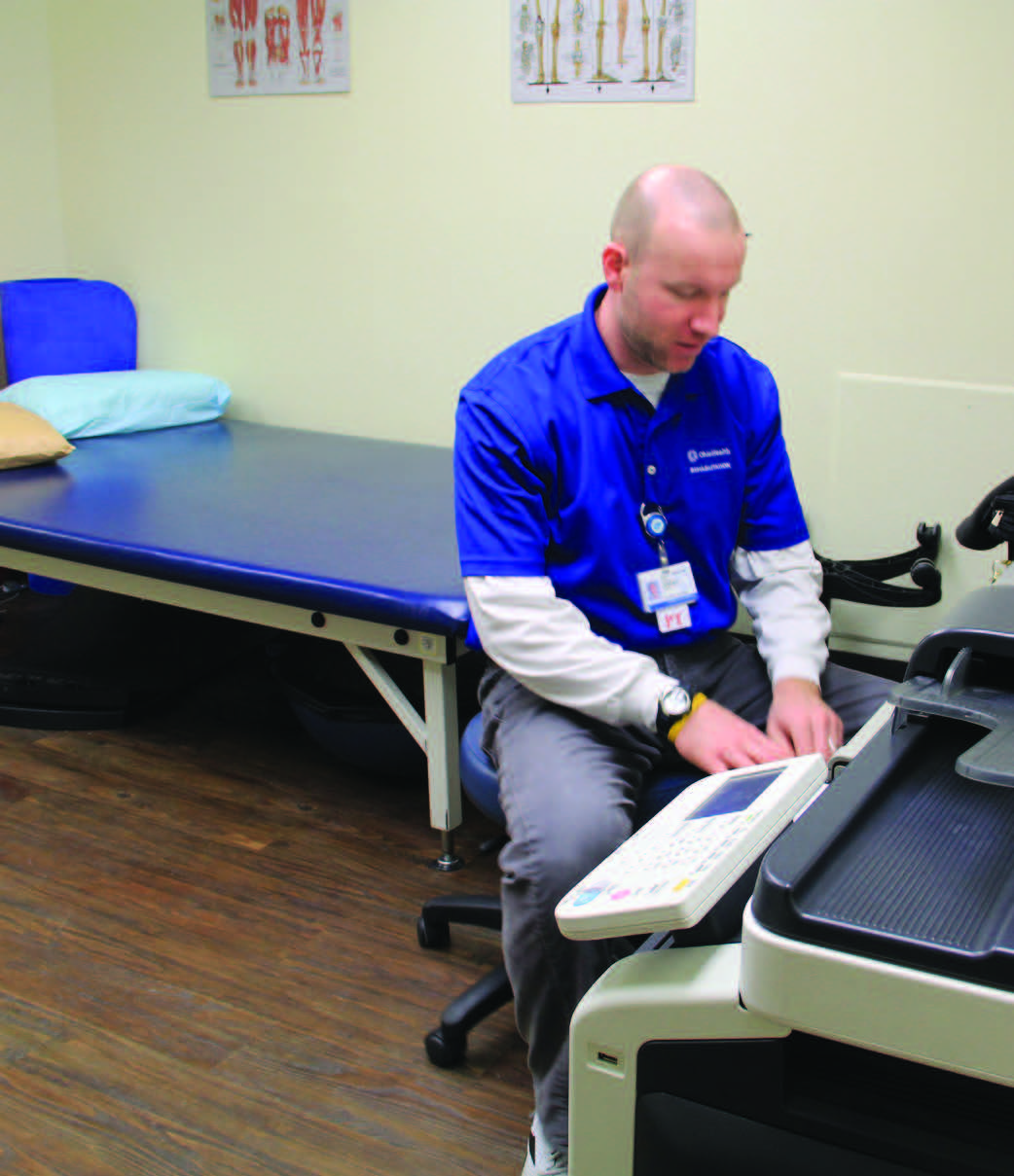By Nazar Zhadan
Guest Columnist
The situation in Ukraine is escalating by the minute. Four weeks ago on February 22, Ukraine was celebrating the victory over a crony political regime that came into power solely on lie, deception and, of course, the help of the Kremlin’s (the Russian government) economic support.
While the whole nation was mourning her fallen heroes, hundreds of brave soldiers named “The Heaven’s Batalion” and many more that continue dying in hospitals around Ukraine or abroad, Vladimir Putin was plotting a Plan B to delegitimize Ukrainian democratic revolution.
Peaceful protests sparked in late November of 2013 due to President Yanukovich’s refusal to sign the trade agreement with the European Union and, instead, signing a confidential agreement with the Kremlin.
While this event became a symbol of the Euromaidan, the frustration with political-criminal nexus that was running the country for the better part of its independence is what led to people’s uprising.
The president and his allies miscalculated the extent to which people of Ukraine became fed up with corruption and abuse of political power.
Once the protests started capturing global attention, the President of Ukraine and his gang of trusted ministers, judges, politicians, oligarchs, and advisors started plotting a scenario to stop the protesters.
Victor Yanukovich’s solution was to send armed police to ambush the camp of protesters in the middle of the night on February 18. The raid by Berkut police cost the lives of 25 protesters. Yanukovich thought that people would get scared and disassemble, but the exact opposite happened and more people across the country started mobilizing and making their way into the capital.
After long nights of standoff and provocations, protesters were able to hold on to the square. The climax of the standoff happened on February 20 when orders were given by the high-ranking individuals to position snipers on the roofs around the square.
This time the standoff was much more bloody and the country plunged into a revolutionary stage. Protesters made a clear demand for the president to step down or they would not stop until the government buildings are taken over. The president along with other high-ranking officials fled the country.
The revolution proved that people of Ukraine have the will and the ability to build a better future for their children. One can argue that it is hard to imagine a brighter future, when the country is facing a threat of default and an outstanding debt to Russia of $15 billion. It was estimated by Peterson Institute in Washington that the president, his family, and his allies have embezzled somewhere between $8 and $10 billion a year since 2010.
The Ukrainian economy has been in a hole since 1991 and transparent institutions never existed. One dramatic change happened when millions were standing side-by-side, singing national anthem and dodging the bullets…The overthrow of Victor Yanukovich brought neither celebrations nor peace of mind, instead country’s most southern region Crimea fell hostage to a well armed group of militants, wearing Russian army uniforms and driving military vehicles with Russian license plates.
Yet, according to Putin, those militants have no connection to Russian military. Putin also gave orders to appoint Sergey Aksionov as Crimean’s Prime Minister. The self proclaimed minister set up a referendum that would decide whether Crimea would remain a part of Ukraine or join the Russian Federation.
The referendum that happened on March 16 revealed the illegitimacy of the Russian occupation. Instead of domestic and international monitoring, people of Crimea had to vote under the supervision of armed Russian forces. There is no surprise that the exit poll numbers stated that 82.7 percent of the Crimean population voted with 97 percent voting to join Russian Federation. Those numbers were highly questioned by Kiev and the rest of the world.
Since August 24, 1991, the day of Ukrainian independence, the nation was divided into a nationalistic pro-European west and center, and a nostalgic pro-Russian east and south…In preparation to Russia’s move in Ukraine, the Kremlin made sure that all the independent media that could have hindered his plan was blocked.
The facts point out that Putin used propaganda on the air and ordered his people on the ground to create a sort of an aura that Russian-speaking people in the region are being threatened, oppressed and killed.
His timing was perfect, right after the Verhovna Rada (the Ukrainian high government) in its first days after the revolution decided to take Russian language off the list of Ukraine’s official languages.
This created a limited window for Putin to seize a control of Crimea by deploying Russian military forces that have been stationed on the Black Sea of the coast of Crimea since 2010. It is not clear whether Putin was expecting the same scenario as in Georgian regions of South Ossetia and Abkhazia that Russian military seized in 2008, but the response from Ukrainian military was different. Ukrainian soldiers did not retaliate with fire, making Russian invasion even more illegitimate.
The threat of illegitimacy and international isolation does not scare Putin. Some politicians believe that Putin is borderline schizophrenic, but others believe that Putin is seeking confrontation with the West in order to blame Russia’s economic downturn on the sanctions imposed by the West.
Putin has made attempts to secure the assets of elites by warning them to repatriate their money. Whether this strategy has been successful will be seen once the sanctions go into an effect.
Despite Putin’s intent, what is happening in Ukraine not only disregards all the democratic values and breaks a dozen international laws, but it also sets a very dangerous precedence for rewriting other nations’ borders.
The critical question is whether Putin will realize the mistake he is making and the precedence he is setting before it is too late.
Crimea by itself does nothing for Kremlin’s grand plan and only cause more problems. Crimea is highly dependent on the mainland Ukraine for water, gas and electricity. If Ukraine cuts off the supply, then it will become Russia’s problem.
Frankly speaking, if Russia takes Crimea away, breaking all the agreements through an illegitimate referendum, then it would be difficult to see why Ukraine would continue its supply.
Thus, what Putin really needs are the southern and eastern regions of Ukraine in order to solidify Russia’s dominance and confirm his status as the “rebuilder of the former Soviet republics.”
Mr. Putin has showed the strength of his stance by completely disregarding any threats from the European Union and the United States.
If their words carry little weight, then the only solution might be action. It is time for Ukraine and its supporters to turn empty threats into actions.
Nazar Zhadan, a senior, is from Kiev, Ukraine.
